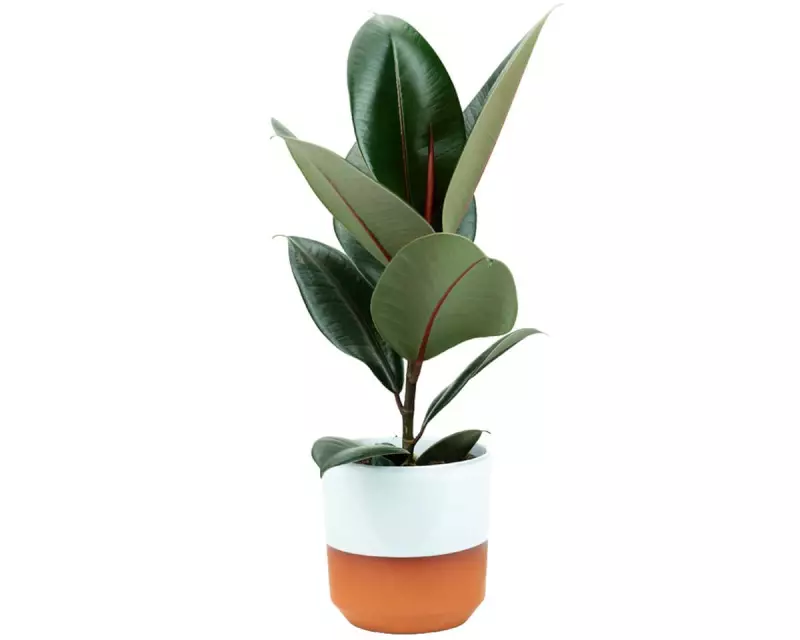
That magnificent rubber plant in your living room corner might be trying to tell you something important. When those broad, glossy leaves start looking less than perfect, it's time to play plant detective and decode the hidden messages in your ficus's foliage.
The Silent Language of Leaves
Rubber plants (Ficus elastica) communicate their needs through their leaves, and understanding this botanical body language could mean the difference between a thriving houseplant and a declining one. The most common issues manifest in three key areas: colour changes, texture alterations, and growth patterns.
Yellow Leaves: The Classic Cry for Help
When your rubber plant's leaves turn yellow, your first instinct might be to reach for the watering can. But hold that thought - the problem could actually be too much hydration rather than too little.
Overwatering is the most common killer of houseplants, and rubber plants are particularly susceptible. Soggy soil leads to root rot, preventing roots from absorbing nutrients and oxygen. The tell-tale signs include:
- Yellowing leaves that feel soft and mushy
- Soil that remains constantly wet
- A musty smell from the potting mix
- New growth turning yellow first
Meanwhile, underwatering presents differently, with leaves becoming crispy and brown at the edges before yellowing takes over. The soil will pull away from the pot's edges, and the plant will feel lightweight when lifted.
Brown Spots and Edges: Environmental Stress Signals
Those unsightly brown patches aren't just cosmetic issues - they're specific complaints about your plant's living conditions.
Low humidity causes leaf tips and edges to turn brown and crispy, especially during winter when heating systems dry the air. Rubber plants, being tropical natives, crave moisture in the atmosphere.
Sunburn appears as bleached, scorched patches on leaves, particularly those facing direct sunlight. While rubber plants need bright light, harsh direct sun can damage their foliage.
Temperature stress from drafts, radiators, or air conditioning units can cause brown spots and leaf drop. These plants prefer consistent temperatures between 15-24°C.
The Pest Problem: Unwanted Guests
Sometimes the issue isn't your care routine but tiny invaders setting up camp on your plant. Common culprits include:
- Spider mites - Look for fine webbing and stippled yellow leaves
- Mealybugs - Cotton-like clusters in leaf joints and undersides
- Scale insects - Small, hard bumps on stems and leaves
Regular leaf inspection and wiping with a damp cloth can prevent these pests from becoming established.
Your Rubber Plant Rescue Plan
Reviving a struggling rubber plant requires addressing the root cause (sometimes literally):
- Check your watering technique - Water only when the top inch of soil feels dry, and ensure proper drainage
- Boost humidity - Group plants together, use a pebble tray, or invest in a humidifier
- Find the light sweet spot - Bright, indirect light is ideal; east-facing windows often work well
- Feed appropriately - Use a balanced liquid fertilizer during growing season, but reduce in winter
- Prune with purpose - Remove severely damaged leaves to redirect energy to healthy growth
Remember that plants communicate slowly - give any changes in care at least a few weeks to show results. New growth is the ultimate sign that your rescue mission is succeeding.
With patience and attentive care, your rubber plant can return to its former glory, standing tall as the striking centrepiece it was meant to be. Those broad, glossy leaves will once again become a testament to your growing plant parent skills.





